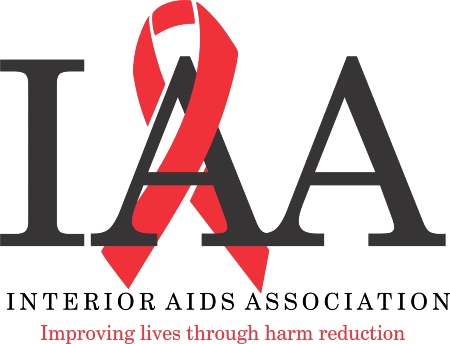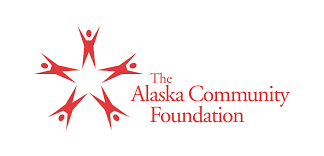How to Dispose of Sharps
-
Here's how to safely dispose of used needles.
Used sharps should be immediately placed in a sharps disposal container. These containers are made of puncture-resistant plastic with leak-resistant sides and bottom. They also have a tight fitting, puncture-resistant lid.
- Free sharps containers are available from IAA Monday - Friday from 10am - 3pm, until 5pm Tuesdays and Thursdays at 710 3rd Ave, Fairbanks where there is also a 24-hour access outdoor Sharps container.
If an FDA-cleared container is not available, a heavy-duty plastic household container such as a laundry detergent container can be used as an alternative.
The City of Fairbanks will pick up syringes for disposal from households located in the City if you meet the following guidelines:
- Place the sharps in an approved sharps container or heavy plastic jug/bottle with a secured cap. Write "SHARPS" on the container in permanent marker.
- Do not place the containers in with your regular garbage. Sit the container beside or on top of your garbage can.
- Notify Public Works in advance if you will be putting syringes out by calling 907-459-6770.
Importance of Safe Sharps Disposal
Used needles and other sharps are dangerous to people and pets if not disposed of safely because they can injure people and spread infections that cause serious health conditions. The most common infections are:
Hepatitis B (HBV),
Hepatitis C (HCV), and
Human Immunodeficiency Virus (HIV).
Safe sharps disposal is important whether you are at home, at work, at school, traveling, or in other public places such as hotels, parks, and restaurants.
Never place loose needles and other sharps (those that are not placed in a sharps disposal container) in the household or public trash cans or recycling bins, and never flush them down the toilet. This puts trash and sewage workers, janitors, housekeepers, household members, and children at risk of being harmed.
Pet owners who use needles to give medicine to their pets should follow the same sharps disposal guidelines used for humans.
What to do if you are accidentally stuck
If you are accidently stuck by another person’s used needle or other sharp:
Step 1: Wash the exposed area right away with water and soap or use a skin disinfectant (antiseptic) such as rubbing alcohol or hand sanitizer.
Step 2: Seek medical care to determine risk associated with exposure.
Step 3: Get post-exposure prophylaxis (PEP) for exposures posing risk of infection transmission
- HBV – Give PEP as soon as possible, preferably within 24 hours. PEP can be given to pregnant women.
- HCV – PEP not recommended
- HIV – Initiate PEP within hours of exposure. Offer pregnancy testing to all women of childbearing age even if they are not known to be pregnant. Seek expert consultation if viral resistance is suspected. Administer PEP for 4 weeks if tolerated.
Step 4: Perform follow-up testing and provide counseling
- HBV exposures
- Test for anti-HB 1 to 2 months after the last dose of the vaccine if only a vaccine is given.
- Follow-up is not indicated if the exposed person is immune to HBV or has received HBIG PEP.
- HCV exposures
- Perform testing for anti-HCV and ALT 4 to 6 months after exposure.
- Perform HCV RNA testing at 4 to 6 weeks if an earlier diagnosis of HCV infection is desired.
- Confirm repeatedly reactive anti-HCV EIAs with supplemental tests.
- HIV exposures
- Evaluate exposed persons taking PEP within 72 hours after exposure and monitor them for drug toxicity for at least 2 weeks.
- Perform HIV antibody testing for at least 6 months post-exposure (e.g., at baselines of 6 weeks, 3 months, and 6 months).
- Perform HIV antibody testing for illness compatible with an acute retroviral syndrome.
Advise exposed persons to use precautions to prevent secondary transmission during the follow-up period.
Content source: Centers for Disease Control and Prevention











